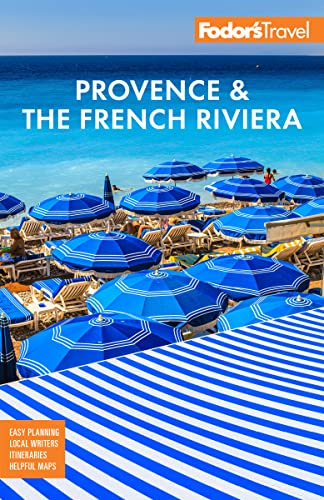The medieval village of St-Paul-de-Vence can be seen from afar, standing out like its companion, Vence, against the skyline. In the Middle Ages St-Paul-de-Vence was basically a city-state, and it controlled its own political destiny for centuries. But by the early 20th century it had faded to oblivion, overshadowed by the growth of Vence and Cagnes—until it was rediscovered in the 1920s when a few penniless artists began paying for their drinks at the local auberge with paintings. Those artists turned out to be Signac, Modigliani, and Bonnard, who met at the Auberge de la Colombe d'Or, now a sumptuous inn, where the walls are still covered with their ink sketches and daubs.
The most commercially developed of Provence's hilltop villages, St-Paul-de-Vence is a magical place. Artists are still drawn to its light, its pure air, its wraparound views, and its honey-color stone walls, soothingly cool on a hot Provençal afternoon. Get here early in the day to get a jump on the cars and tour buses, which can clog the main D36 highway by noon, or plan on a stay-over.
It won't take you long to "do" St-Paul-de-Vence; a pedestrian circuit leads you inevitably through its Rue-Grande to the donjon (fortress tower) and austere Gothic church. The trick is to break away and slip into a few mosaic-cobbled backstreets, little more than alleys; door after door, window after niche spills over with potted flowers and orange trees and they usually lead to an impossibly pretty cul-de-sac. The shuttered stone houses rear up over the streets, so close you could shake hands from window to window.
From St-Paul-de-Vence, there is a scenic hiking path to Vence (next to the Chapelle Ste-Claire); the walk takes 1 hour 20 minutes.





